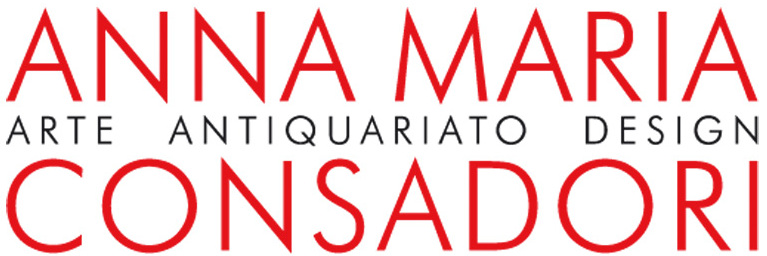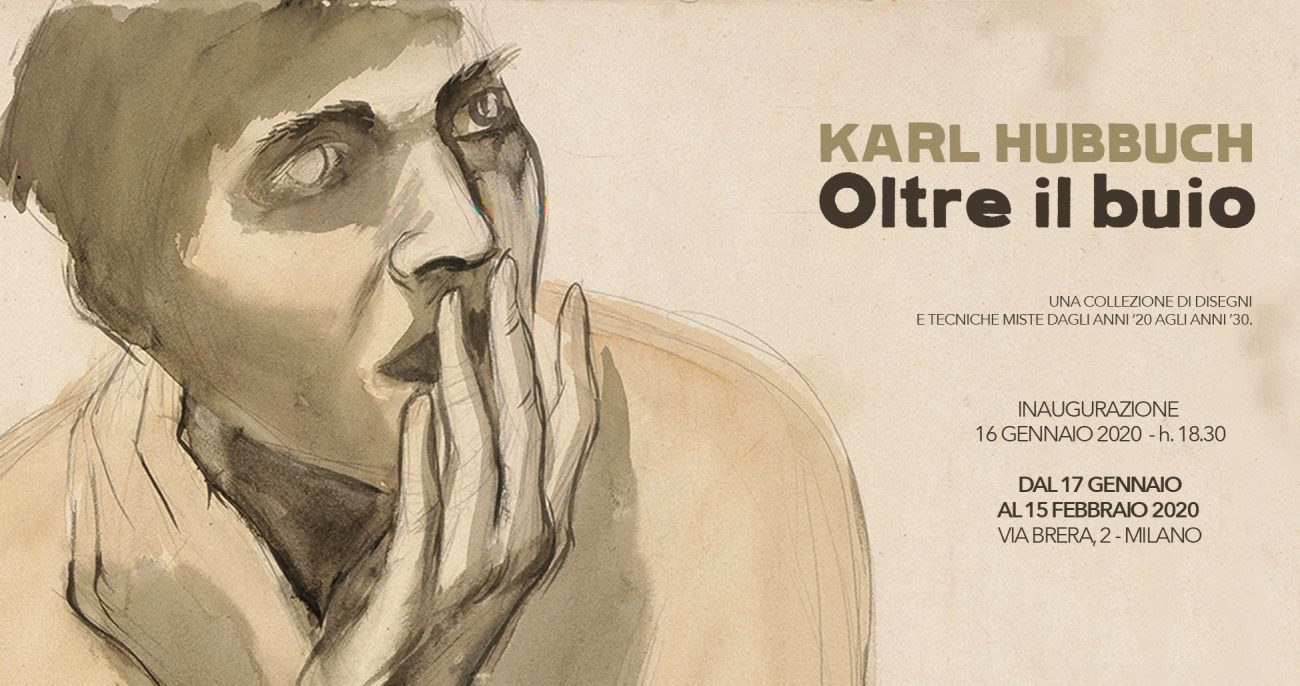Hubbuch visse la passione e l’angoscia dell’epoca più dura del ‘900.
Alla sua generazione toccarono in sorte due guerre mondiali, l’intermezzo di Weimar, l’abisso nazista e la faticosa riemersione dalle rovine.
Hubbuch è testimone del tempo con occhio lucido talvolta spietato, talaltra carezzevole, soprattutto quando descrive l’universo femminile che è una costante di ogni momento della sua arte.
Hubbuch sa soffrire, non fugge dalla Germania, sopporta la persecuzione e il forzato oblio con la forza delle sue origini, operaio fra quei lavoratori tedeschi che subirono oppressione e disperazione in attesa di una nuova alba.
E alla fine questa arrivò con la riabilitazione, la rivalutazione e la nuova stima che circondarono l’artista e la sua opera.
La definizione di Nuova Oggettività (Neue Sachlichkeit), concepita da Gustav Friedrich Hartlaub in occasione della mostra omonima tenuta a Mannheim nel 1925, aveva lo scopo di comprendere in una visione unitaria, forse un contenitore, l’esplosione di un movimento artistico multiforme che si era sviluppato impetuosamente fra gli artisti della Repubblica di Weimar.
Negli anni venti l’espressionismo non bastava più, era nata una nuova attenzione alla realtà, ma senza quel tanto di idealismo implicito nel “realismo”.
Secondo Hartlaub il suo obbiettivo era «superare le meschinità estetiche della forma attraverso una nuova oggettività nata dal rifiuto della società borghese dello sfruttamento».
Si mettevano sotto una lente di ingrandimento le problematiche politiche, civili e umane, con un occhio critico, ironico – spesso con spietato sarcasmo – raffigurando l’agitarsi vitale e disperato di uomini, donne, classi sociali, apparentemente deformato, ma capace di cogliere sconvolgenti realtà interiori.
Per questo nella Nuova Oggettività sono fortemente presenti la grafica, la caricatura, rapidi ed efficaci schizzi destinati alla stampa.
Nasce quella pittura, spesso dissacrante, che poi il nazismo bollò come “arte degenerata”, ma che in qualche modo ereditava la tradizione di Grunenwald e delle folle teratomorfiche della tradizione popolare e religiosa tedesca.
E’ una corrente in larga misura impegnata, polemica, che denuncia con rara efficacia le mostruosità allora in incubazione nella società tedesca.
Per questo l’avvento del nazismo significò prima censura, l’accusa di arte degenerata, e poi distruzione delle opere, l’esilio o l’annichilimento degli artisti.
Karl Hubbuch, nato a Karlsruhe nel 1891, si formò all’Accademia quella città dove divenne amico di Rudolf Schlichter e Georg Scholz, suoi coetanei e compagni, continuando la propria formazione a Berlino al Kunstgewebemuseum, il Museo delle arti decorative, sotto la guida di Emil Orlik.
Dopo la prima guerra mondiale, da cui era tornato affetto da malaria, si specializzò come incisore e litografo e fu molto attivo con stampe e disegni. A Berlino incontrò Georg Grosz nel 1922 e ne subì l’influenza, partecipando poi alla famosa mostra della Nuova Oggettività a Mannheim del 1925. Nel frattempo ottenne una cattedra all’Accademia di Karsruhe nel 1924 come assistente e nel 1928 come professore.
Fu questo il periodo di maggior attività pubblica di Hubbuch, con la partecipazione alla mostra della Nuova Oggettività ad Amsterdam del 29 e la pubblicazione su riviste dei suoi disegni.
L’avvento del nazismo nel 1933 determinò il suo licenziamento dall’Accademia di Karlruhe, sorte comune a molti suoi colleghi, che si trovarono presto a dover scegliere fra l’esilio e la persecuzione in patria. Alcuni scelsero la prima via, come Grosz, Dix e la stessa moglie di Hubbuch, Hilde, fotografa che aveva studiato alla Bauhaus, che essendo ebrea emigrò prima a Vienna e poi a Londra dopo il divorzio celebrato nel 1933.
Hubbuch restò e, come altri, si trovò a dover sbarcare il lunario come operaio, nel suo caso in una fabbrica di ceramiche artistiche o decorando orologi a cucù.
Solo quindici anni dopo, nel 1948, venne riabilitato e poté tornare alla sua cattedra a Karlsruhe, dove insegnò fino al 1957.
La rivalutazione della Nuova Oggettività negli anni ’60 gli portò nuova notorietà, ma all’inizio degli anni ‘70 dovette abbandonare gradualmente la sua attività a causa di una crescente cecità, per spegnersi poi nel 1979.
Ezio Rovida

